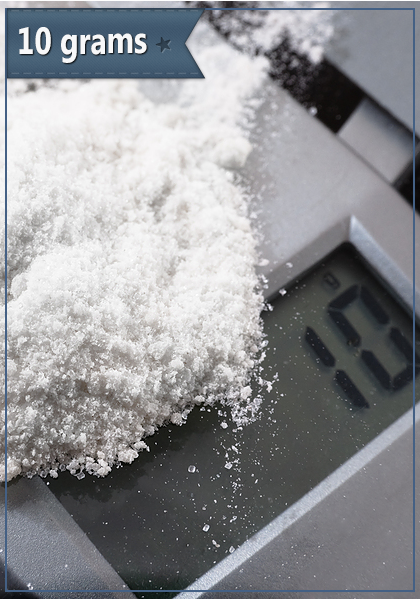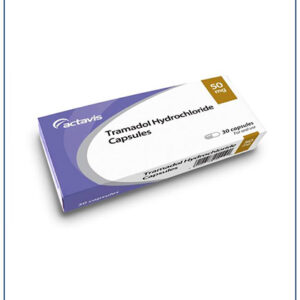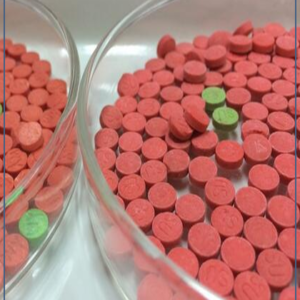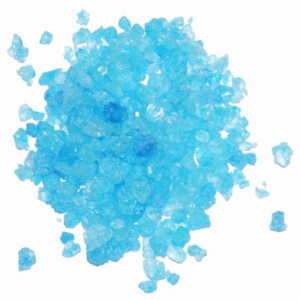What is mephedrone? What are the effects of mephedrone?
Also Known As: Plant Food, Miaow, Methylone, 4MMC, Miaow Miaow, Methedrone, Meph, Meow Meow, MDPV, M-cat, MC, Mcat, M-smack, Magic, Drone, Bubbles, Charge, White Magic, Bounce
Mephedrone, also called 4-methylmethcathinone (4-MMC), or 4-methylephedrone is a synthetic stimulant. A stimulant is a psychoactive drug which induces temporary improvements in mental and/or physical function. Mephedrone is an entactogen drug – a class of psychoactive drugs that produce distinctive emotional and social effects, similar to those of Ecstasy (MDMA).
Mephedrone is an amphetamine and cathinone class drug. An amphetamine is a drug with a stimulant effect on the (CNS) central nervous system that can be physically and psychologically addictive when used too much. Cathinone is a naturally occurring stimulant present in the Khat plant. Its structure and effects are similar to those of ephedrine and amphetamine.
Mephedrone is a synthetic (artificial) substance based on the (cathinone) compounds that exist in the Khat plant of East Africa. Users may swallow, snort or inject mephedrone. It can come in the form of tablets, capsules or white powder. Snorting is the most common way of taking the drug, and injection the rarest.
In 2009 mephedrone became the 4th most popular street drug in the United Kingdom, after marijuana, cocaine and ecstasy.
Mephedrone is informally known as meph, MCAT, bubbles and drone. The UK tabloid press sometimes refers to it as meow, miaow, meow-meow, or miaow-mioaw.
What are the intended effects of mephedrone (why do people take it)?
Users of mephedrone say it raises:
- alertness
- restlessness
- excitement
- the urge to talk
- openness
- sex drive
- gives a feeling of stimulation
Some say it makes them feel more confident, talkative and alert.
The effects of mephedrone, like cocaine, seem to last about an hour before wearing off.
Most users say mephedrone’s effects are a combination of ecstasy and cocaine.
What is the difference between mephedrone and methadone?
Although they may have similar sounding scientific names, mephedrone and methadone are entirely different substances.
Methadone is a pharmaceutical medication. It is used as a very powerful painkiller (synthetic opiate) to treat heroin addicts. It is a legal substitute for heroin in treatment programs. It is typically administered to patients in the form of a green liquid at drug treatment clinics.
Mephedrone is a recreational drug taken by users who want an amphetamine or ecstasy like effect. A recreational drug is one people use occasionally for enjoyment, without medical justification for its psychoactive effects – many users believe its occasional use is not habit-forming.
What are the most common side effects of mephedrone?
According to a survey by Mixmag, a dancing and clubbing magazine:
- 67% of users experienced hyperhidrosis (excessive sweating)
- 51% of users experienced headaches
- 43% of users experienced heart palpitations
- 27% of users experienced nausea
- 15% of users had blue or cold fingers
Non-survey (anecdotal) reports indicate mephedrone may have the following effects on some users:
- Severe panic attacks
- Hallucinations
- Paranoia
Some say these last three side effects may be the result of sleep deprivation after overusing mephedrone for a couple of days – it is a stimulant and will make it more difficult to sleep if the user has a “marathon session”. However, some anecdotal reports exist of these symptoms without sleep deprivation.
How safe or dangerous is mephedrone?
Unlike many other recreational drugs, such as amphetamines and ecstasy, mephedrone was not first developed as a medicine. Mephedrone was developed in backstreet sweat-shops laboratories; it has had no human testing. Put simply – we do not know what the medium-term, long-term and many of the short-term effects might be.
Les King, who used to be a leading researcher into mephedrone for the UK government, told the British Broadcasting Corporation (BBC) that it is closely related to ecstasy and amphetamine, but appears to be less potent. However, as users seem to be taking much larger doses to get the same effect, it cannot be seen as less harmful. King added “So all we can say is, it is probably as harmful as ecstasy and amphetamines and wait until we have some better scientific evidence to support that.”
Is mephedrone addictive?
Experts say it is too early to tell. The drug has not been around enough time. A significant number of users re-dose after the effects start to wear off – after about an hour. Some anecdotal reports comment on a number of users consuming more than they had intended to and finding it hard to stop.
There is not enough proof to determine whether it is addictive.
A short history of mephedrone
The Psychonaut Web Mapping Project, a 2-year European Union funded project (January 2008 – December 2009) with the aim of developing a web scanning system to identify and categorize novel recreational drugs/psychoactive compounds, and new trends in drug use based on information available on the Internet, first identified mephedrone in 2008. They suggest it first became available in 2007.
In May 2007, French police sent a tablet they assumed to be ecstasy to be analyzed. This is thought to be the first seizure of the drug.
A legal high company called Neorganics, Israel, used the drug in early products, such as Neodoves pills. However, the range was discontinued in January 2008 after the Israeli government made mephedrone illegal.
Reports indicate it has probably been sold as ecstasy in Cairns, Australia, as well as some parts of Europe and the USA. It is most commonly sold and used in the United Kingdom, where it sells for between £10 and £15 per gram ($15 to $22). According to an article in The Daily Telegraph, a respected UK newspaper, dealers in Britain pay £2,500 ($3,700) to ship 1 kilogram from China, from which they can make a profit of £7,500 ($11,250). A March 2010 report informed that the wholesale price of mephedrone in the UK was £4,000 ($6,000) per kilogram.











Reviews
There are no reviews yet.